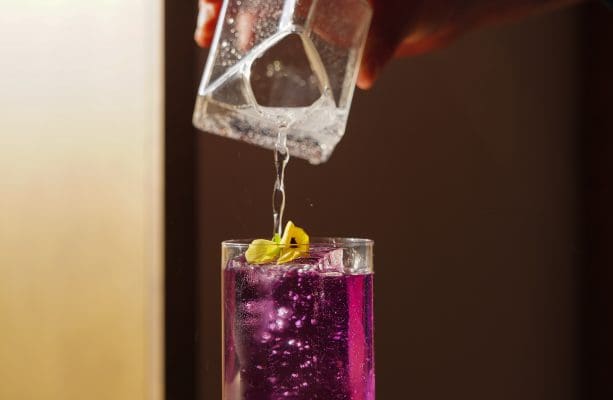
Home Applications Liquid Degassing Food Degassing
Degassed-water used in Food Industry
In food processing, exposure to oxygen can harm the quality of ingredients, lead to vitamin loss, and alter the taste and color of the final product. To combat this, we’ve explored using deoxygenated water – water with removed oxygen – to prevent oxidation during food processing.
Traditionally, methods like heating, vacuum systems, and nitrogen gas were used, but they came with issues like large equipment, high costs, and regulatory challenges. Recently, small devices using special membranes have made deoxygenated water more accessible and cost-effective for food processing.
In recent years, small-scale degassed water production devices utilizing gas-liquid separation membranes have been developed. Due to this development, degassed water has become readily available at a low cost and with ease. As a result, it is now being utilized in food processing as processing water.
The membrane degassing method is a process that continuously removes dissolved oxygen from water by flowing water over one side of a high polymer membrane with gas permeability and liquid impermeability, while maintaining the other side under reduced pressure.
Generally, when degassed water is used in various food processing applications, it is observed to not only have antioxidative effects but also to suppress tissue damage (mushiness) caused by the expansion of air within the food structure during soaking or cooking. Additionally, this deoxygenated water is also useful for soaking red beans, rice, and expanding seaweed.
Clear Ice Production
To create transparent ice, it is necessary to remove impurities from the water. Tap water contains dissolved impurities such as chlorine, but when it comes to producing pure ice, the biggest challenge is the dissolved air. Water contains a significant amount of dissolved air. The reason fish can breathe underwater is because of the dissolved air in the water.
Even when water turns into ice, bubbles emerge. As water gradually freezes, the volume decreases. At this point, the initially dissolved air can no longer remain in the water, and it comes out as bubbles. These bubbles stick to the boundary between the water and the forming ice, getting trapped inside the ice. This part turns white, causing the ice to lose its transparency. While water may appear clear and transparent, when turned into ice, the separated air makes it appear white.